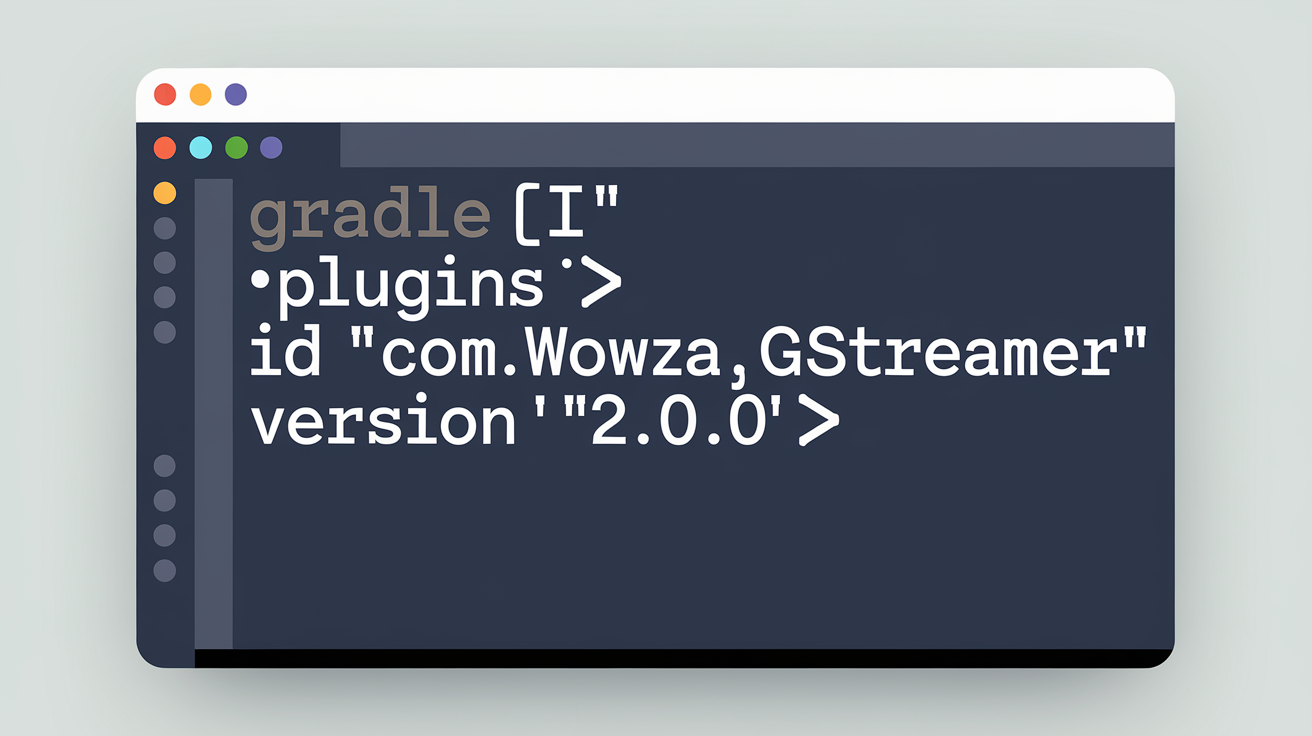Understanding Proxies_ A Deep-Dive into Their Mechanisms, Use Cases, and Implications

In modern computing, where everything is becoming increasingly interconnected, the notion of a proxy can be applied to almost all forms of applications.
Simply put, a proxy is an agent acting on behalf of another. In the digital sense, proxies act as intermediaries for clients and servers to personalize how information is passed over networks regarding access and delivery.
This rather simple concept veils the complexity and relevance of proxies in modern computing.
The proxies-what they are, how they work, and to what end this technology is put-is the focus of this in-depth look at proxies and the context of their deployment in the modern digital landscape.
We expose a very important part of the whole picture, the architecture of modern networked systems, which have great implications for privacy, security, and performance.
Proxy Basics
On a high level, a proxy acts as an intermediary on an exchange of communications. It receives requests from a client-a user’s web browser, for instance-and then forwards those requests to their intended destination, usually a server.
The response from the server is then passed back to the client through the proxy. It is this intermediary position that fundamentally defines proxies and allows them to affect the flow of data in ways otherwise impossible.
Proxies operate at various different layers of the networking stack, which defines their scope and capabilities.
Some proxies work on the application layer, processing specific protocols like HTTP or HTTPS; others work at the level of the transport or even network layers, handling traffic in more general ways.
These distinctions matter because they define how proxies are used and the extent to which proxies have control over data flows.
In all cases, it’s important to remember that proxies are not full-proof, as some browser configurations can, for instance, leak your IP address regardless if you’re using a proxy. That is why it’s pertinent to run checks, such as the WebRTC leak test.
Mechanisms of Proxy Operation
How a proxy works depends on the type and its configuration. The basic composition of a proxy usually is software that stands in between network requests, analyzing and then drawing conclusions about what to do with them based on previously set rules.
This might include modification of headers within HTTP requests, caching for frequently asked resources, and masking the originating IP of a client, among others.
Forward Proxies
A forward proxy serves directly as the representative of a client. That is, this configuration makes the proxy aware of the identity of the client on whose behalf the proxy serves their requests.
The purposes put forward by proxies include anonymization, access control policies, and data caching for efficiency. In business, they will often implement a gatekeeper, filtering the outbound traffic, which assists in meeting an organization’s policies.
In contrast, a reverse proxy represents the server to the client. When a client sends a request, it is routed to the reverse proxy, which then forwards the request to one or more backend servers.
Reverse proxies are often used for load balancing, increasing security, and facilitating scaling by distributing requests across a cluster of servers.
Transparent Proxies
Transparent proxies work in a manner not visible to the users. Other proxies require explicit configuration, but a transparent proxy intercepts the traffic without changing it in any way that would make it detectable by the client.
These are commonly implemented by ISPs and enterprises either for policy enforcement or for bandwidth optimization.
Proxies represent multi-purpose instruments that could find their use in a quite broad circle of industries and cases. Their mediator nature makes them fit specific needs, from privacy and security to performance optimization.
Privacy and Anonymity
Among the key scenarios of proxy usage, it is expected to enable user anonymity. A proxy is able to mask the IP address of a client so that tracking or profiling from the outside world is inhibited.
Especially in environments where privacy is a concern, as in journalist or advocacy uses in regions with restrictive regimes, this is important.
Also, proxies enable users to bypass geographical restrictions on content and enable the access to information not available otherwise due to censorship or licensing agreements.
Performance Optimisation
Proxies are essential in enhancing network performance. For example, caching proxies temporarily store copies of frequently accessed resources.
This reduces latency and conserves bandwidth. CDNs use mechanisms similar to proxying to replicate and distribute data across geographically dispersed nodes, ensuring users can access content from a location nearest to them.
Security Enhancements
Proxies act as the first line of defense in cybersecurity. For example, reverse proxies may prevent backend servers from exposure to the internet, reducing their attack surface.
They also examine the incoming traffic for malicious payloads, blocking the potential threat before it reaches its destination. Similarly, forward proxies enforce rules on outbound traffic, preventing sensitive data exfiltration from a network.
Controlled Access
Access control policies have been major reasons why proxies are often used. Sometimes, in enterprise environments, it allows or blocks access to a set of non-work-related sites or applications for the purpose of enforcing company policy.
Similarly, in educational institutes, proxies are in use for filtering out objectionable content.
Implications of Proxy Deployment
While proxies no doubt confer some advantages, their introduction brings in many questions of privacy, security, and ethical implications.
For instance, anonymizing proxies are being utilized for nefarious purposes to cover up all activities while controlling proxies could impinge on the liberties of users. It is in this balancing of interests that the challenge really is for organizations.
Privacy Concerns
Monitoring and filtering proxies have significant privacy implications. For example, transparent proxies can be implemented without the knowledge of users, which sets serious questions of informed consent.
Furthermore, any proxy that stores user activity logs creates a single point of failure with respect to data security: if compromised, these logs might reveal sensitive information.
Security Trade-offs
While proxies enhance security in most respects, they can also introduce vulnerabilities. A misconfigured proxy server can become an attack vector, giving attackers an entry point into the network it is intended to protect.
Likewise, proxies that modify in-transit traffic can accidentally disrupt applications or introduce errors.
Performance Considerations
In ideal cases, proxies can improve performance, but if scaling is not done appropriately, they can easily become bottlenecks.
For example, a caching proxy that cannot handle high volumes of traffic will slow down, rather than speed up, the delivery of data. It is important that the proxies be robust and able to handle foreseen workloads to maintain their effectiveness.
The Future of Proxies in a Connected World
The role of proxies is going to be more important with the evolution of the digital landscape. For example, edge computing relies on proxy-like mechanisms in order to process data closer to the source, thereby improving latency and performance.
Similarly, the proliferation of IoT devices underlines the need for intermediaries that can handle and secure large volumes of data traffic.
Finally, emerging technologies like encrypted DNS and distributed proxies will go some way to mitigate many of the privacy and security concerns of traditional proxies.
These are the signs that proxies will continue evolving to meet the demands of a rapidly changing world.
Conclusion
The proxy is far more than just the middleman in the digital world; they are crucial parts of modern networking, providing, among others, privacy, security, and performance optimizations in innumerable use cases.
Their role as mediators of clients and servers gives them unparalleled influence over how data flows and is controlled in a connected society.
By understanding the mechanisms, applications, and implications of proxies, organizations and individuals can harness their capabilities responsibly and effectively.
In so doing, they are able to navigate the complex interplay of privacy, security, and efficiency that defines the digital age. Proxies are among those indispensable elements in the underlying architecture of the internet.






